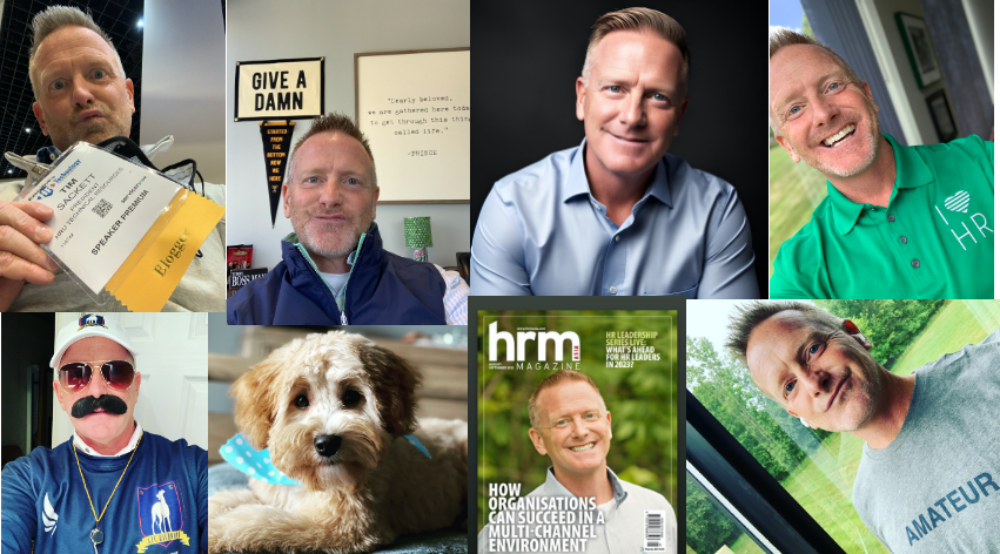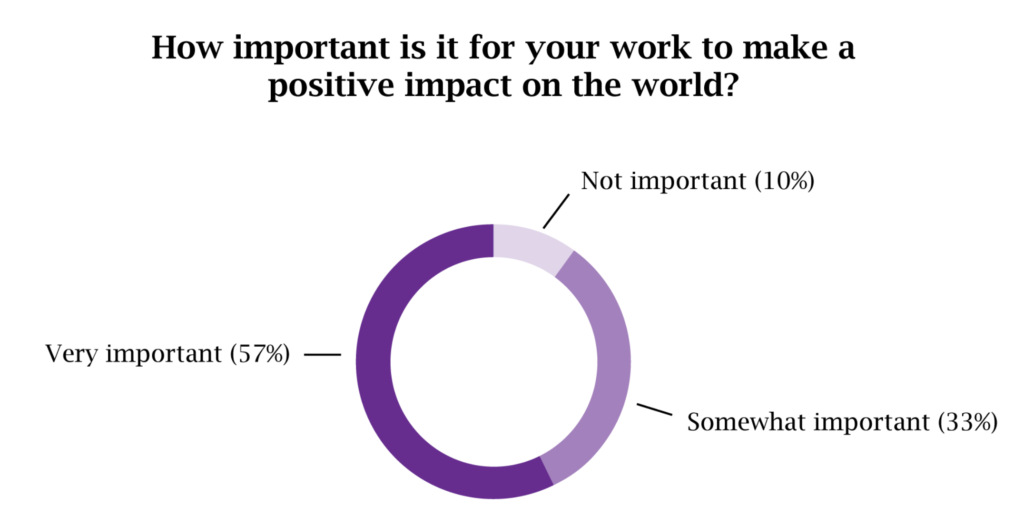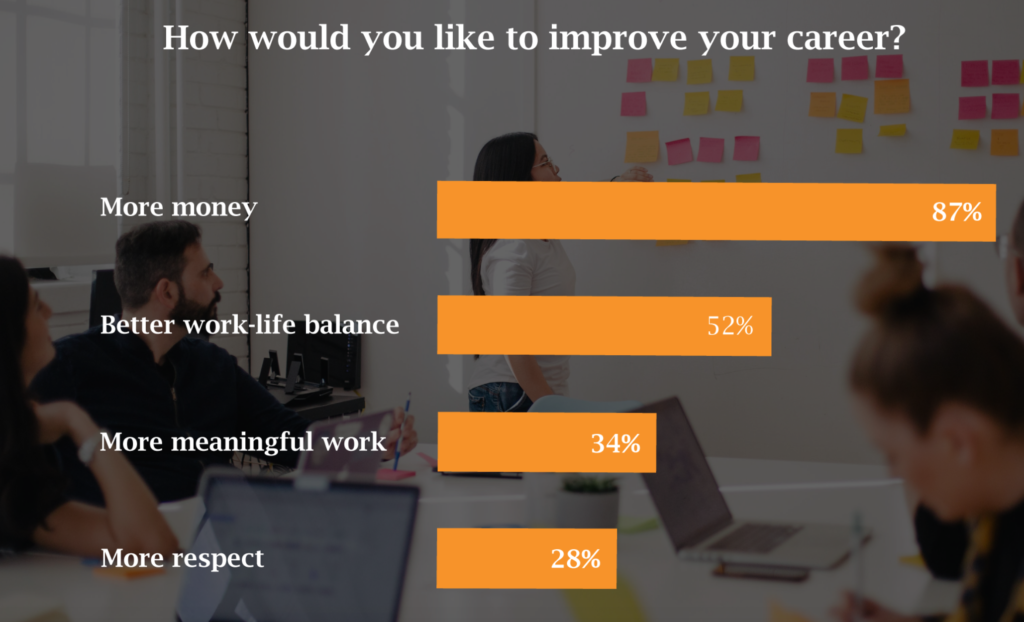I’ve been thinking about this concept for the past few weeks. It keeps coming back to me and I can’t shake it. I talk about HR and TA technology a ton. When I look into the future of HR and TA technology I see a world where so much of the tactical work we do now is done through AI, Machine Learning (ML) and flat out just next-level automation.
I don’t find anyone who will argue this. I still see a bunch of consultant-types who will say “AI will not replace jobs!” Yeah, that’s wrong, it’s going to replace a whole bunch of jobs, and it will also create some jobs. The problem is the jobs it replaces, those folks are nowhere near the skill-talent we need for the jobs that will be created!
The thing is, when we think about traditional leadership, it’s usually about increased ‘responsibility’. You know what that means? More headcount! I was the head of HR for an organization where I had 25 direct reports, but I took this new gig because I now have 50 direct reports and more headcount means more money, which means a better, higher-level leadership position.
Play along with this idea. You’re working for an organization and you currently have 200 people that report up into your organization. You decide you’re going to be the most innovative HR/TA leader in the entire world, so you go all-in on technology and innovative practices. About two years into this endeavor you find, because of all the capacity you’ve been able to increase, you’re functional headcount is now only 125.
Is that a better leadership position (125)? Or is the 200 person function a better leadership position?
Of course, the more innovative function you created at 125 headcount is better, but traditional leaders will always be pulled to the higher headcount. We tell ourselves that the more modern, innovative shop is better, and then we get a call that someone has a shop with 225 and we are pulled to the “larger” job.
We have a fundamental problem across all leadership right now. Leaders view success as empire-building, not empire shrinking. Of course, we want to work for growing organizations, but at the same time, most of us work in bloated, traditional, task-oriented shops, that need to be totally overhauled through technology and innovation. We think we run lean, but we still have three people in recruiting operations setting up interviews. We think we’re run a high-tech modern organization but we have twenty sourcing pros mining databases all day.
Great modern leaders are not about more, they are about less. How can we get to great, by using the least amount of resources possible? Don’t tell me that’s your philosophy because I see you. I see how your team works. I see so much of what actually gets done, still being done by human hands, when for a fraction of the cost there are technologies that can do it better, faster, and cheaper.
It’s a super hard paradigm shift in leadership. Less is more. We tell our teams this, but we don’t think it applies to us. As a leader, traditionally, we are always taught to try and get more. Don’t let them take headcount away from you, you’ll never get it back, add headcount whenever you can!
Modern technologies are giving us the opportunity to shrink the manpower we need. And it will force the question, what kind of leader are you? Empire-builder or Empire-shrinker?


